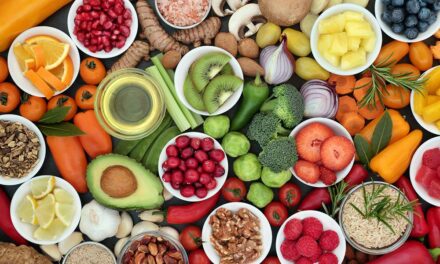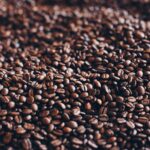Food Databanks National Capability (FDNC), based at the Quadram Institute, welcome the new initiative “Action on Fibre” with the pledge from some food producers to include information on fibre content on packaging. Action on Fibre, being led by The Food and Drink Federation, aims to help bridge the gap between current fibre intakes and the recommended daily amount by making higher fibre diets more appealing, normal and easy for the population. https://www.fdf.org.uk/fdf/news-media/press-releases/2021-press-releases/food-and-drink-industry-launch-new-action-on-fibre-initiative-to-boost-consumer-intake-of-fibre/
The health benefits of fibre are well documented and include a lower risk of heart disease, stroke, type 2 diabetes and bowel cancer. However, as noted by the Scientific Advisory Committee on Nutrition (SACN), dietary fibre intake needs to increase to help improve the health of UK consumers and reduce disease burden.
On average, most adults only eat about 18g fibre a day, even though recommendations suggest that 30g a day should be consumed as part of a healthy balanced diet. This Action on Fibre initiative should help people to increase their fibre intake with improved, tasty, higher fibre choices and addresses an important health-related issue for consumers. FDNC work on research projects related to diet and health, the nutritional composition of foods and food labelling. Our researchers have been producing and managing data for the UK food composition dataset, which is used to monitor the nation’s diet, since 1978. We continue to deliver new data, via nutrient in foods analysis surveys, providing up to date information on food via McCance and Widdowson’s Composition of Foods and the Integrated Dataset (CoFIDS), in book form, Excel downloads and via a searchable website (https://quadram.ac.uk/UKfoodcomposition/login-register/).

Alongside the new initiative led by FDF, we would also welcome inclusion of fibre content as a priority for any revised labelling system within the UK to enable consumers to make more informed choices about their foods. Front and back of pack food nutrition labels are a crucial intervention to support healthy choices and reduce obesity rates by providing nutritional information to consumers in a way that’s easy to understand. Our new 2021 labelling dataset makes use of the UK food composition dataset far easier for food labelling purposes and will help food companies labelling data Labelling for Food (quadram.ac.uk).
There are several different methods to analyse fibre, each giving different estimates. Historically, the Englyst1 method was used, which analyses total non-starch polysaccharides. However, total dietary fibre analysed by AOAC2 methods is the method recommended for labelling purposes, necessitating re-analysis of dietary fibre in many foods. In 2015, for a survey on the nutrient composition of fruits and vegetables, we analysed samples for AOAC fibre, energy, a range of nutrients including fat, fatty acids, protein, carbohydrate, and a full range of vitamins and minerals. The results having been incorporated into the Composition of Foods series.
[1] Englyst, Quigley and Hudson (1994). Determination of dietary fibre as non-starch polysaccharides with gas–liquid chromatographic, high-performance liquid chromatographic or spectrophotometric measurement of constituent sugars. Analyst,119, 1497-1509, https://doi.org/10.1039/AN9941901497[1] AOAC (2011) in Horwitz and Latimer (eds) Official methods of analysis 18th ed, revision 4. ISBN 0-935584-82-X










